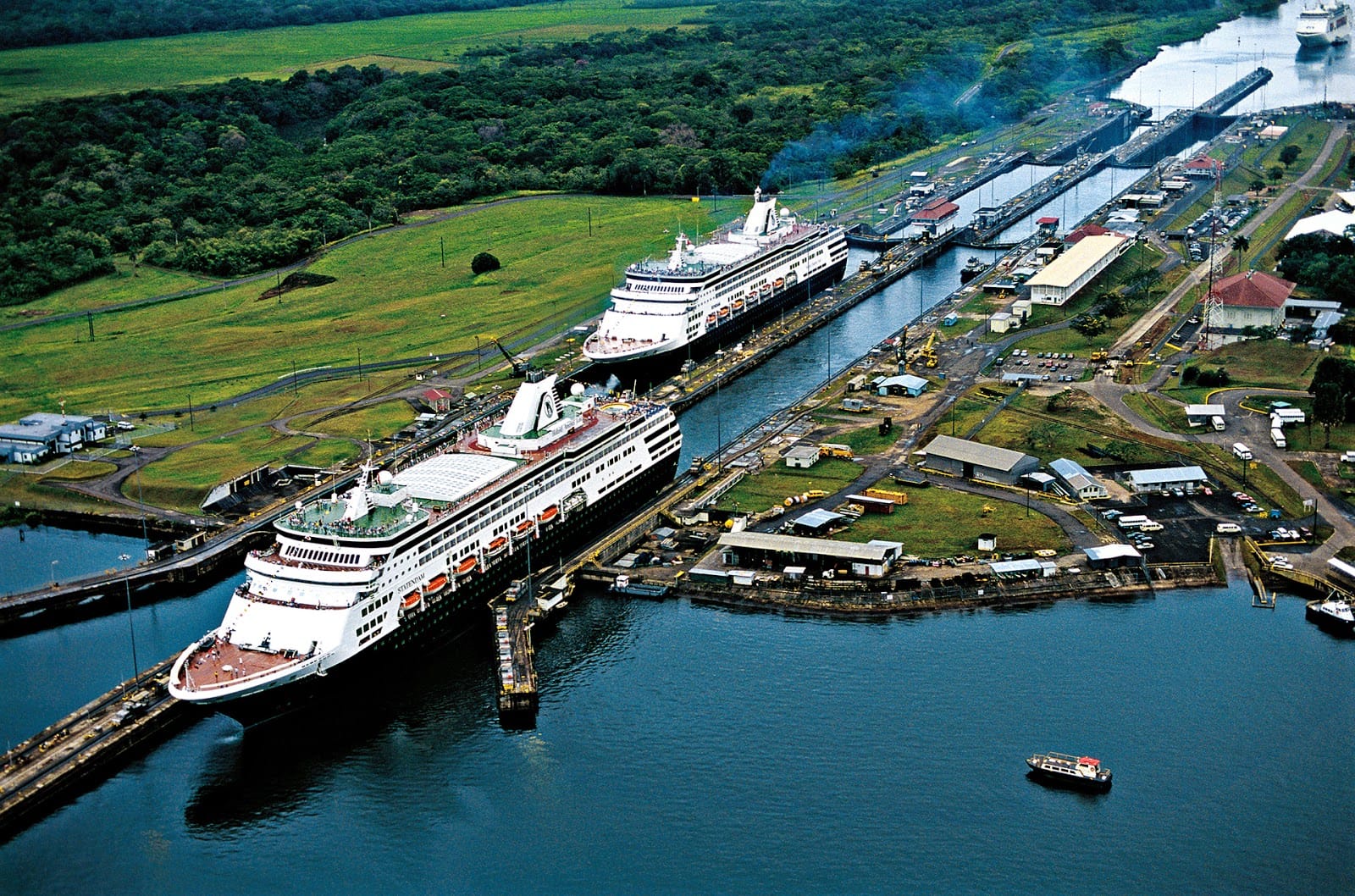China has strongly condemned what it described as coercive tactics by the United States, following Panama’s decision to not renew an infrastructure agreement tied to Beijing’s Belt and Road Initiative (BRI). The development underscores increasing competition between the world’s two largest economies over influence in Central America and strategic assets such as the Panama Canal.
In a statement given during a press briefing, China’s Foreign Ministry Spokesperson Lin Jian criticized the U.S. government, accusing Washington of using “pressure and coercion” to interfere with Panama’s domestic decisions. The infrastructure agreement, which was due for renewal, had been a symbol of China’s growing investment in the region since Panama joined the BRI in 2017.
The controversy began when Panama announced its decision not to extend the agreement. The Panamanian government did not provide a detailed explanation for its move but indicated that it was reevaluating its foreign partnerships in light of broader economic and strategic concerns. Reports suggest that pressure from the United States played a significant role, as the U.S. has repeatedly voiced concerns about China’s growing footprint in the region, particularly near the Panama Canal.
The canal, a vital maritime trade route connecting the Atlantic and Pacific Oceans, has historically been under U.S. influence. Washington has expressed apprehension about China’s investments near the waterway, suggesting they could pose a potential threat to global trade security and regional stability. U.S. officials, including Secretary of State Marco Rubio, have been vocal in their opposition, warning Panamanian leadership of possible diplomatic and economic consequences should they continue to engage with China on certain strategic projects.
China, for its part, has framed its involvement in the region as a mutually beneficial partnership aimed at improving infrastructure and fostering economic development. Officials in Beijing have pointed out that their investment projects, including port management and logistical hubs, align with Panama’s own developmental goals. They also noted that Panama’s decision comes at a time when the United States has been critical of China’s Belt and Road Initiative globally.
Panama’s move to reconsider its agreement with China is seen as a victory for the U.S., which has long sought to contain Chinese influence in Latin America. However, it also places Panama in a difficult position, as the nation must navigate relations with two economic superpowers with competing interests. This balancing act is particularly significant for economic reasons, as Panama’s trade and logistics sectors depend heavily on both U.S. and Chinese markets.
The geopolitical stakes in the region have risen in recent years, with the U.S. working to reassert its influence. This has taken the form of increased high-level engagement with Latin American leaders, additional investments in regional development, and vocal critiques of Chinese involvement in infrastructure projects. Despite these efforts, China’s economic and diplomatic ties to the region have deepened, complicating U.S. efforts to maintain its traditional dominance.
China reacted to Panama’s decision with sharp rhetoric, warning that U.S. actions undermine the principles of fairness and mutual respect in international relations. Officials in Beijing also pledged to continue pursuing their Belt and Road Initiative, describing it as a legitimate and transparent effort to promote global connectivity.
Observers argue that the incident in Panama reflects broader global trends in U.S.-China relations. The two nations are increasingly vying for influence in emerging markets, with infrastructure projects often serving as the focal point of their competition. While the United States uses its political and historical ties to these regions, China relies on extensive funding and long-term investment promises.
Panama’s position on this matter signals a critical moment in the unfolding geopolitical contest. The hesitation to maintain its agreement with China could encourage other nations in Latin America to reassess their dealings with Beijing, particularly those nations that rely heavily on U.S. trade and financial aid.
However, the decision also opens up uncertainties regarding the future of development projects and foreign investments in Panama. If the country distances itself from China’s investment model, it might face challenges sourcing alternative funding for its ambitious infrastructure plans.
Moving forward, both the U.S. and China are expected to increase their diplomatic efforts in the region, turning Latin America into a more prominent arena for their geopolitical contest. For Panama, the challenge will lie in managing this rivalry to safeguard its own interests, maintaining a neutral foreign policy while making strategic decisions that ensure economic stability.
The decision regarding the infrastructure agreement is a reminder of the far-reaching implications of great power competition, particularly for smaller states caught between rival superpowers. How Panama maneuvers this complex scenario could set a precedent in the region as other countries navigate their own decisions in the shadow of U.S.-China tensions.



